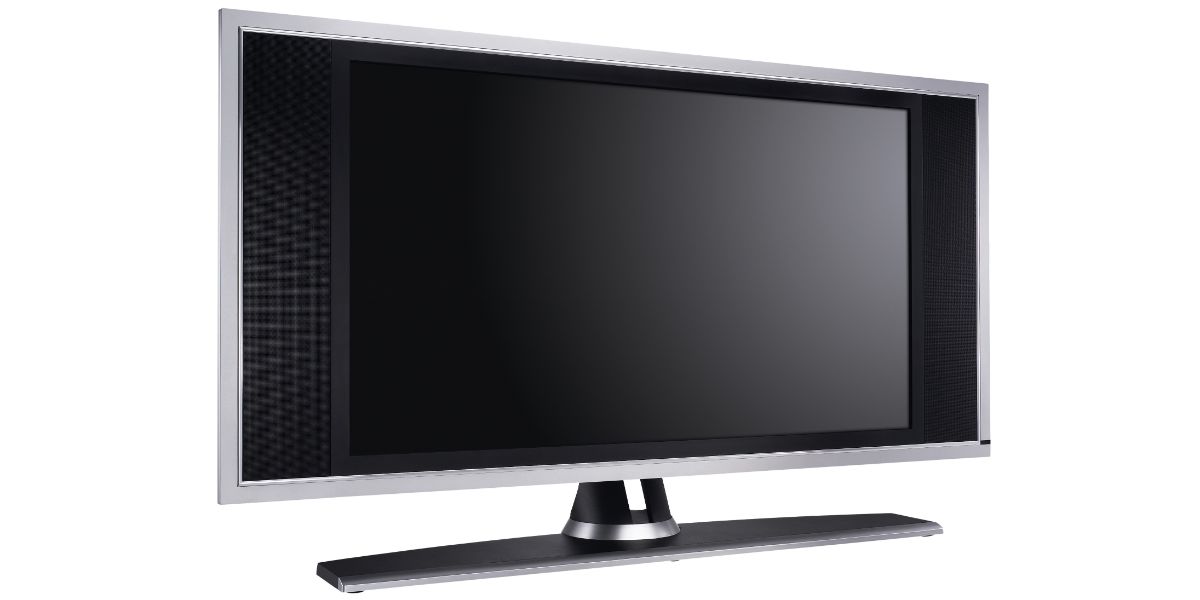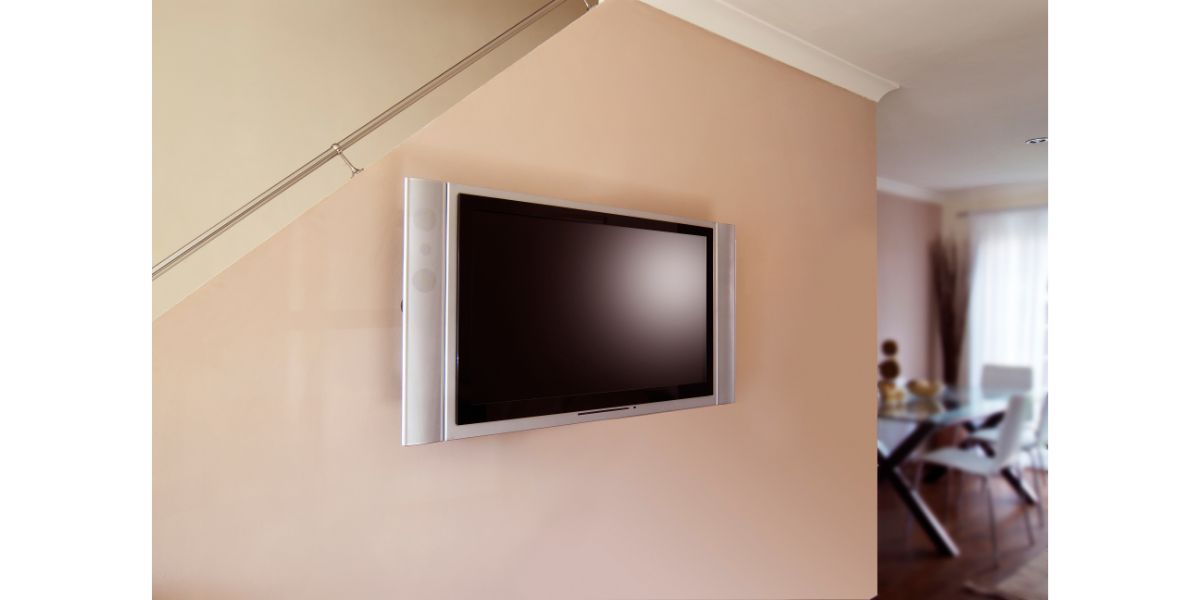Disclaimer: This post may contain affiliate links, meaning we get a small commission if you make a purchase through our links, at no cost to you. For more information, please visit our Disclaimer Page.
There was a time when plasma TVs were the end all be all of television sets. Like the Betamax, their superiority was assured, while a few, unavoidable cons undermined it to the very end. Now, Plasma TVs are little more than a historical footnote.
That’s not to say that plasma TVs no longer exist. Many of them were manufactured with quality components and some undoubtedly sit in living rooms, shops, and bedrooms across America to this day.
Plasma TVs are no longer being produced and you won’t find one on the shelves at Best Buy, Walmart, Target, or any other retail chain. You might find one online, depending on the website. But what caused the ultimate fall? What are the pros and cons of plasma TVs?
Table of Contents
8 Plasma TV Pros
If you’re old enough, you probably remember the days when we went from cathode-ray television sets to 720p HD TVs. There were three types of TV at the time (at least in terms of the mass market)—projection, plasma, and LCD. The latter was a little late to the party as well.
Plasma TVs had larger screens with better visuals. Projection HD TVs were nice but they were still bulky, like the cathode-ray TVs of old.
1. Plasma TVs Had Larger Screens
Nowadays, with 75” OLED screens, it’s not such a big deal. But plasma TVs larger screens in their heyday made them a popular choice.
2. 16:9 Display Ratio
Plasma TVs don’t require any kind of filtering involved with the light capabilities of the display. Because of that, plasma TVs offer a wide viewing angle not easy to replicate in other TVs.
3. Plasma TVs Have Deeper Blacks
One of the things that really made plasma stand out was the deeper blacks. Though plasma TVs work by passing a current through a gas, creating plasma, they were also capable of turning off individual pixels.
4. No Motion Blur
Some of the earlier HDTVs had this problem but not plasmas. The reason behind that is plasma TV’s ability to, once again, turn off individual pixels.
5. Plasma TVs are Capable of Uniform Illumination
Since the plasma cells are independent of one another (which is why deeper blacks and a lack of motion blur were so successful), they could also evenly distribute light.
6. 0.01ms Response Time
Plasma cells don’t require much in the way of reaction time. It’s nearly instantaneous. When the image changes, the response time of the plasma cells is as little as 0.01 ms.
7. Resolution
Plasma TVs never moved into the realm of 4k. While it’s doable, the costs are too much. However, plasma gets the best out of 1080p resolution.
8. Integration
Plasma TVs were phasing out by the time the smart home boom arrived. However, plasma TVs can connect with PCs and laptops, converting the screen into a much larger PC monitor with a great refresh rate.
8 Plasma TV Cons
There’s a reason you no longer see plasma TVs on store shelves. As 4k becomes the dominant resolution in consumers’ homes and 8k is on the horizon, there’s no place for plasma anymore.
The reason behind that is pretty simple—it’s too expensive and complicated to manufacture plasma TVs with a 4k resolution or higher. Such an endeavor would result in a line of TVs so far out of mainstream affordability that they would collect dust on store shelves.
Plasma TVs were already on the pricey side compared to LCD and projection HDTVs. Later, as LED HDTV sets became a legitimate contender in the home entertainment market, plasma could still hold its own with higher prices.
The problems with plasma TVs, the ones that never went away, combined with 4k to ultimately drive plasma TVs off the market.
1. Plasma TVs Were Always Expensive
LCD (and later, LED) are cheaper to design and were able to match the size and scope of plasma TVs at a lower price point. The way plasma TVs operate is really neat but it’s also an expensive process.
2. Screen Brightness
One of the biggest marketing factors for any HDTV is the brightness, defined in nits. Plasma TVs not only fail the brightness test, they utterly flounder. The brightest plasma TVs only reach 100 nits. The benchmark today is 1,000 nits, with the average TV capable of 500 nits.
3. Plasma TVs Create a Lot of Heat
The process by which plasma TVs work generates a ton of heat, necessitating a number of cooling fans. It was like running a high-end gaming computer in your living room just to catch the nightly news.
If you have a plasma TV or are curious, check out our article on why plasma TVs get so hot.
4. The Notorious “Burn-In”
Speaking of news, if you watch a news channel with a persistent logo on the screen, your plasma TV runs the risk of image burn-in. Turning it off or changing the channel resulted in the news logo remaining on the screen.
5. Brightness Dimmed Over Time
Already struggling with brightness issues, the plasma process wears out over time, losing even more brightness and, ultimately, failing.
6. Poor Viewing Angles
Brightness limitation affected this as well. But the biggest culprit was the glossy glass screens, rather than the technology itself, severely limiting viewing angles.
7. Plasma Is Pricey to Make
The more expensive plasma process is reflected on the market. It’s also the reason why plasma TVs never made the leap to 4k. The technology is too expensive to create and was pricey even at the 1080p level.
8. Plasma TVs Break Easily
Plasma TVs are difficult to repair, due to the display process. Where an LCD panel could easily be replaced, a small mess-up ruined the entire display with plasma TVs. The TV’s capabilities were easily hampered permanently, with only the slightest of impacts or drops.
Bottom Line
The advent of 4k led to the unavoidable demise of the plasma TV as a viable product. Since it became too difficult and costly to manufacture 4k-capable plasma TVs, the technology faded off store shelves over time.
Still, plasma TVs had their heyday and, like Betamax, were the superior ones from an entertainment and technological viewpoint. Unfortunately, the cons of plasma TVs, combined with a move toward 4k, were too much.
If you still have a plasma TV, enjoy it while it lasts. Until or unless someone comes up with a far cheaper way to mass produce 8k plasma TVs, you aren’t likely see them again soon.


